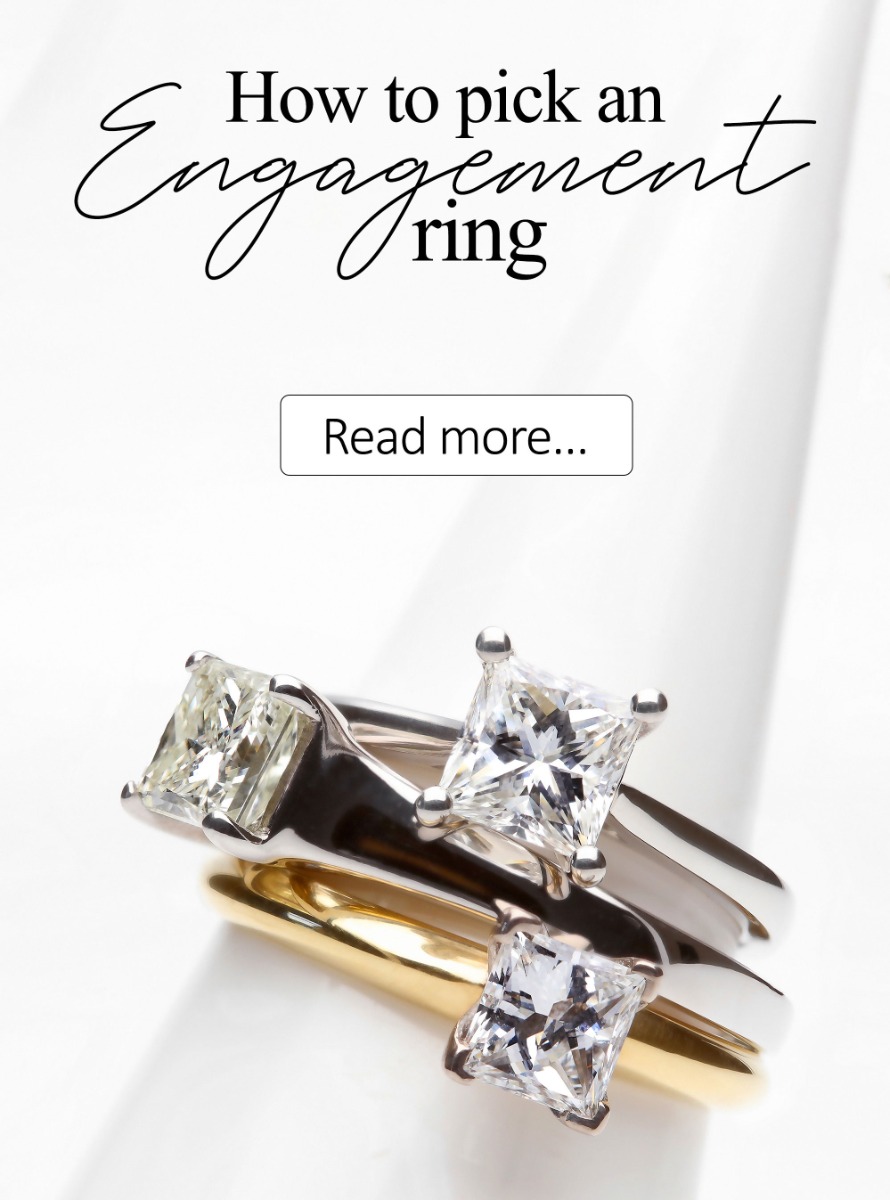A beautiful piece of customisable jewellery that captures memories and sentiment; charm bracelets are currently all the rage. Although their recent spike in popularity seems to be driven by popular brands, charm bracelets are an element of fashion that has steadily evolved over time and their history long outlives the stories behind each charm in your current collection.
The early stages
Whilst we can't be sure they were worn on the wrist, the earliest evidence of what could be considered as a charm bracelet was found in the excavations of ancient Egyptian ruins. Known for their luxury, members of the higher class were buried with trinkets and amulets to ward off bad spirits in the afterlife.
The idea of these precious treasures being used for spiritual purposes popularised them. Whether it was for personal use or to symbolise your alignment to a particular faith, these luxury items were seen as important, practical possessions, not a fashion statement. One example of their use in faith would be when Christians had to hide their religious outlook from the Romans. Instead of preaching openly, they would wear subtle fish-shaped charms to make those of the same faith aware of their religious practices.
These bracelets didn't become a fashionable statement until the end of the 19th century. They were exclusively worn by the upper class members of society, whom relished the opportunity to flaunt their wealth excessively with imported material and luxury jewellery.
Queen Victoria herself kept many bracelets and championed their popularity in the gentry. When she died in 1901, some of her much-loved adornments were left by specific instruction in the room where Prince Albert had died 40 years previously. Could this have been a link to the spiritual side of charm bracelets again, or simply a sentimental gesture?
Her most worn charm bracelet featured 16 charms and lockets in various styles. Some had set jewels and others held inscriptions. The most prominent of all sixteen was a cabochon featuring a photograph of a man.
Rise in popularity
The rise of charm bracelets as a mainstream fashion item arguably only really began during World War II, when soldiers would collect trinkets that reminded them of the brothers they lost, women they met on their travels and the destinations they had visited.
It was this trend that blurred the lines of spirituality and fashion. The customisable trait meant that men could choose charms that suited them, whilst the sentimental value of the charms fell in line with the 'hidden meaning' spiritual aspect.
Whilst we may not attribute charm bracelets to men's fashion, these beautiful adornments were once very much the preserve of males. These days, gentlemen are likely to be seen wearing a luxury timepiece, rather than a charm bracelet. We've recently seen some of our male customers share their 'watchies' on our Facebook page and it really goes to show how time flies in the world of fashion. Would you have ever imagined seeing men wearing charm bracelets?
Where are we today?
Nowadays charm bracelets are a popular gift for young women. Typically gifted for significant achievements and birthdays, the emphasis on modern bracelets is customisability. You can end up spending a small fortune on one charm alone, and mass-produced charms have taken away the individual sense of what charm bracelets once were. This also leads to half-finished charm bracelets that never see out their full potential.
If you're looking for a charm bracelet that is historic and different from the items you find on the high street, you’re in the right place. William May has an extensive collection of luxury bracelets for you to peruse.












